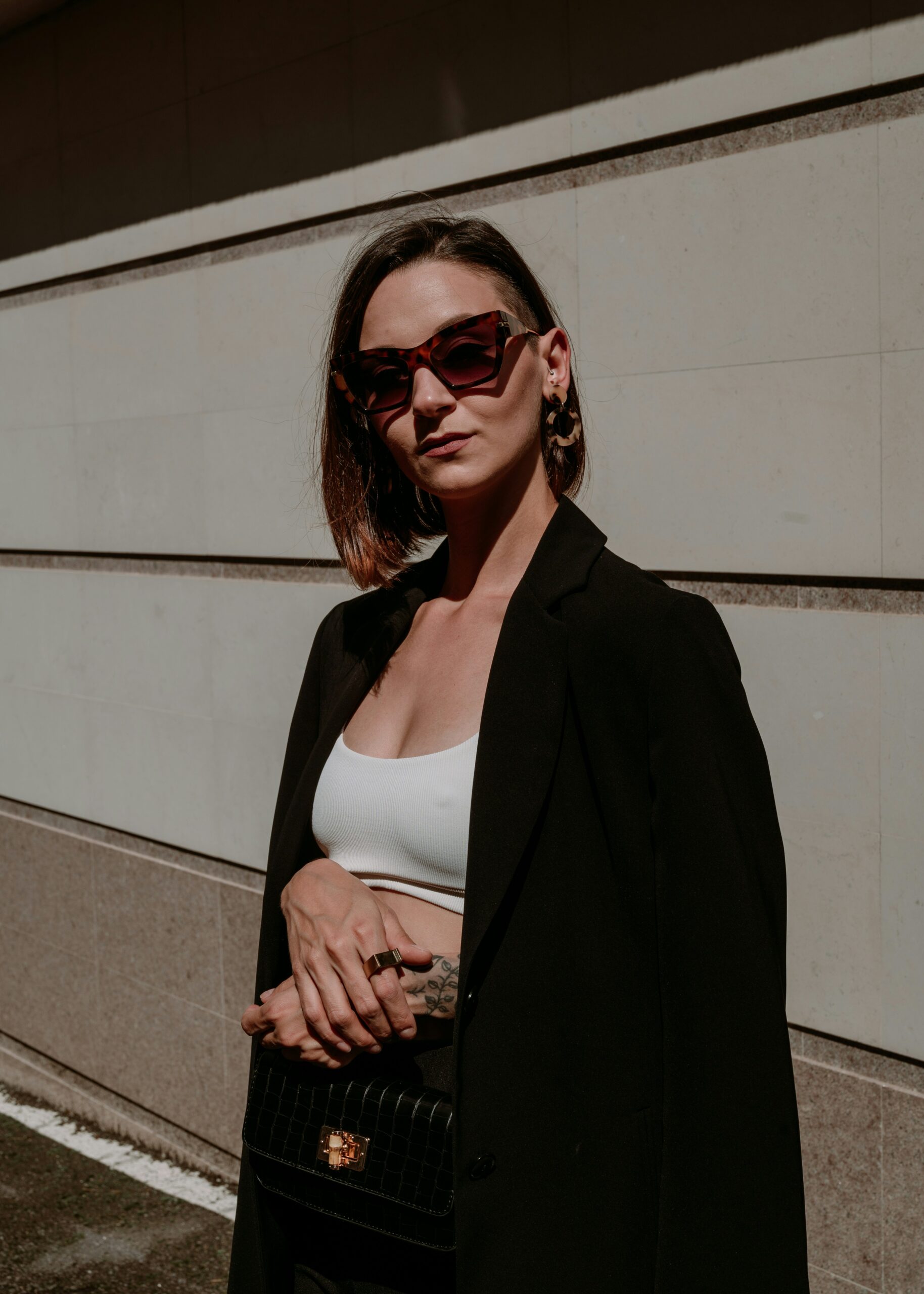

Introduction to Fashion Icons
Fashion is more than just clothing; it’s a powerful form of expression. Throughout history, certain individuals have influenced trends and styles, leaving an indelible mark on the fashion landscape. These icons have shaped our wardrobes and inspired countless designers with their unique aesthetics.
From the flappers of the 1920s to the supermodels of the ’90s, each decade has its own set of influential figures who redefined what it means to be stylish. As we take a journey through time, we’ll explore how these visionaries not only changed fashion but also reflected societal shifts and cultural movements. Get ready to delve into the world of fashion icons whose legacies continue to inspire modern style today!
Fashion is more than just clothing; it’s a powerful form of self-expression. Throughout the decades, certain individuals have emerged as icons, shaping trends and influencing styles in ways that resonate even today. These fashion leaders didn’t just wear clothes—they transformed them into statements of culture, identity, and rebellion.
From the flapper dresses of the 1920s to the punk rock aesthetics of the 1980s, each era boasts its own distinct style champions. Their innovative approaches to fashion pushed boundaries and inspired generations. As we take a closer look at these remarkable figures, we see how they not only reflected their times but also set new standards for what it means to be fashionable.
Join us on this journey through time as we explore the incredible influence of fashion icons over the years—individuals who dared to stand out and whose legacies continue to shape our wardrobes today.
The Roaring Twenties: Flappers and the Rise of Coco Chanel
The Roaring Twenties was a time of liberation and bold expression. Women began to embrace new freedoms, shedding the constraints of previous decades. This era introduced flappers, young women who defied societal norms with their short bobbed hair, knee-length dresses, and daring attitudes.
Among the key figures was Coco Chanel. She revolutionized women’s fashion by popularizing simplicity over extravagance. Her designs emphasized comfort without sacrificing style. The iconic little black dress became a wardrobe staple thanks to her vision.
Flappers danced through smoky jazz clubs in their beaded dresses, embodying an unrestrained spirit. They celebrated life and individuality at every turn. Alongside them, Chanel’s influence transformed how women perceived themselves—offering elegance paired with empowerment.
Together, they defined an era characterized by change and excitement that still resonates today in modern fashion ethos.
The Glamorous Golden Age of Hollywood: Iconic Looks from Audrey Hepburn and Marilyn Monroe
The Golden Age of Hollywood dazzled with glamour and style. Audrey Hepburn emerged as a timeless icon, exuding elegance in films like “Breakfast at Tiffany’s.” Her little black dress became an enduring symbol of sophistication.
Marilyn Monroe, on the other hand, brought a different allure. With her radiant smile and unforgettable curves, she captivated audiences in classics such as “Some Like It Hot.” Her iconic white dress from “The Seven Year Itch” remains etched in fashion history.
Both actresses influenced generations with their unique styles. Hepburn’s classic chic contrasted beautifully with Monroe’s playful sensuality.
They set trends that transcended film screens, shaping personal wardrobes everywhere. Each appearance was a masterclass in confidence and individuality, inspiring countless fans to embrace their own sense of style. The legacy they left continues to resonate today, reminding us that true fashion is about expressing oneself boldly and authentically.
The Swinging Sixties: From Mod to Hippie Fashion with Twiggy and Jane Birkin
The Swinging Sixties brought a whirlwind of change in fashion, where two distinct styles emerged: Mod and Hippie. Each represented a voice for the youth, echoing their desires for freedom and expression.
Twiggy epitomized the Mod movement with her iconic pixie haircut and bold eye makeup. Her slender figure redefined beauty standards, making way for a new generation of models. She wore mini skirts that danced above her knees and vibrant prints that captured the essence of urban London.
In contrast, Jane Birkin embodied the laid-back vibe of the Hippie era. The effortless chic she radiated was all about flowing fabrics and floral patterns. Her bohemian style celebrated natural beauty while promoting peace and love during turbulent times.
Together, these icons showcased how diverse fashion could be, influencing countless trends still relevant today. Their legacies continue to inspire modern clothing choices across various cultures worldwide.
Punk Rock and Rebellion: Vivienne Westwood and Madonna’s Impact on Fashion in the 1980s
The 1980s marked a radical shift in fashion, fueled by the rebellious spirit of punk rock. Vivienne Westwood emerged as a revolutionary designer, challenging norms and redefining style with her bold designs. Her collections exuded chaos and creativity, often incorporating elements that spoke to an anti-establishment ethos.
Madonna also played a pivotal role during this era. With her fearless approach to fashion, she embraced both punk aesthetics and high glamour. Her iconic looks combined layers of lace, leather jackets, and crucifixes—each outfit was like a declaration of individuality.
Both women influenced youth culture significantly. They encouraged self-expression through clothing choices that broke conventional boundaries. Their legacies continue to inspire new generations who appreciate the fusion of rebellion with artistry in everyday wear.
The Supermodel Era: Cindy Crawford, Naomi
The 1990s marked the rise of supermodels, transforming fashion into a global phenomenon. Icons like Cindy Crawford and Naomi Campbell became household names, redefining beauty standards and influencing trends worldwide.
Cindy Crawford brought an athletic yet glamorous look to the runway. With her signature mole and captivating presence, she set new benchmarks for modeling. Brands clamored to have her grace their advertisements, making her a staple in fashion magazines. She was more than just a pretty face; Cindy embodied empowerment and confidence.
Naomi Campbell emerged as another powerful force during this era. As one of the first black supermodels to achieve such prominence, she broke barriers in an industry often criticized for its lack of diversity. Her fierce demeanor on the catwalk mesmerized audiences, while her off-duty style blended high fashion with street chic.
Together, these women not only influenced how models were perceived but also shaped popular culture’s view on beauty ideals. They paved the way for future generations of models who continue to break molds today.
The legacy they left is evident in modern runways where diversity reigns supreme, showcasing styles that reflect varied backgrounds and aesthetics. Their impact remains enduring—a testament to how icons can shift perceptions within fashion and beyond.
